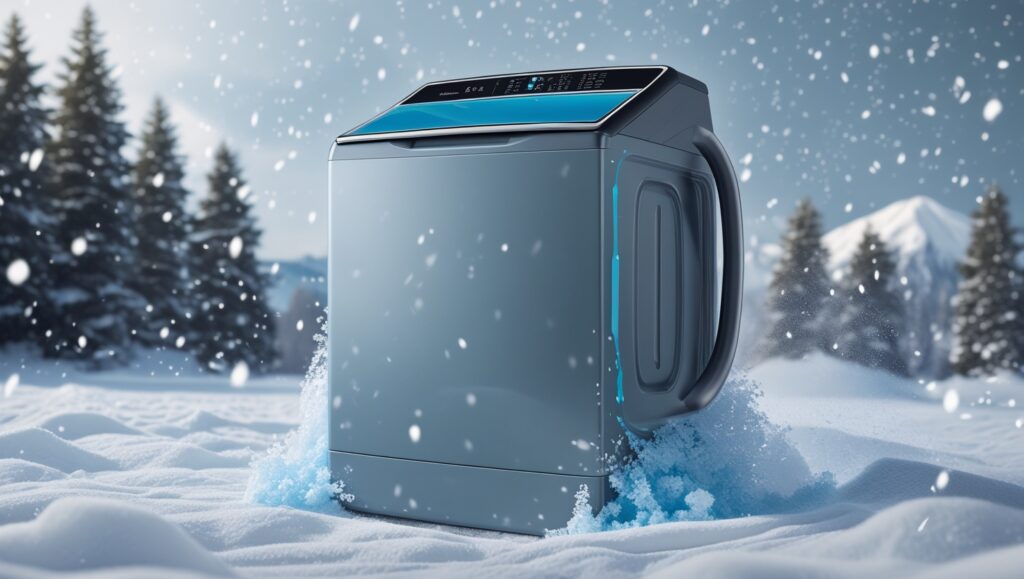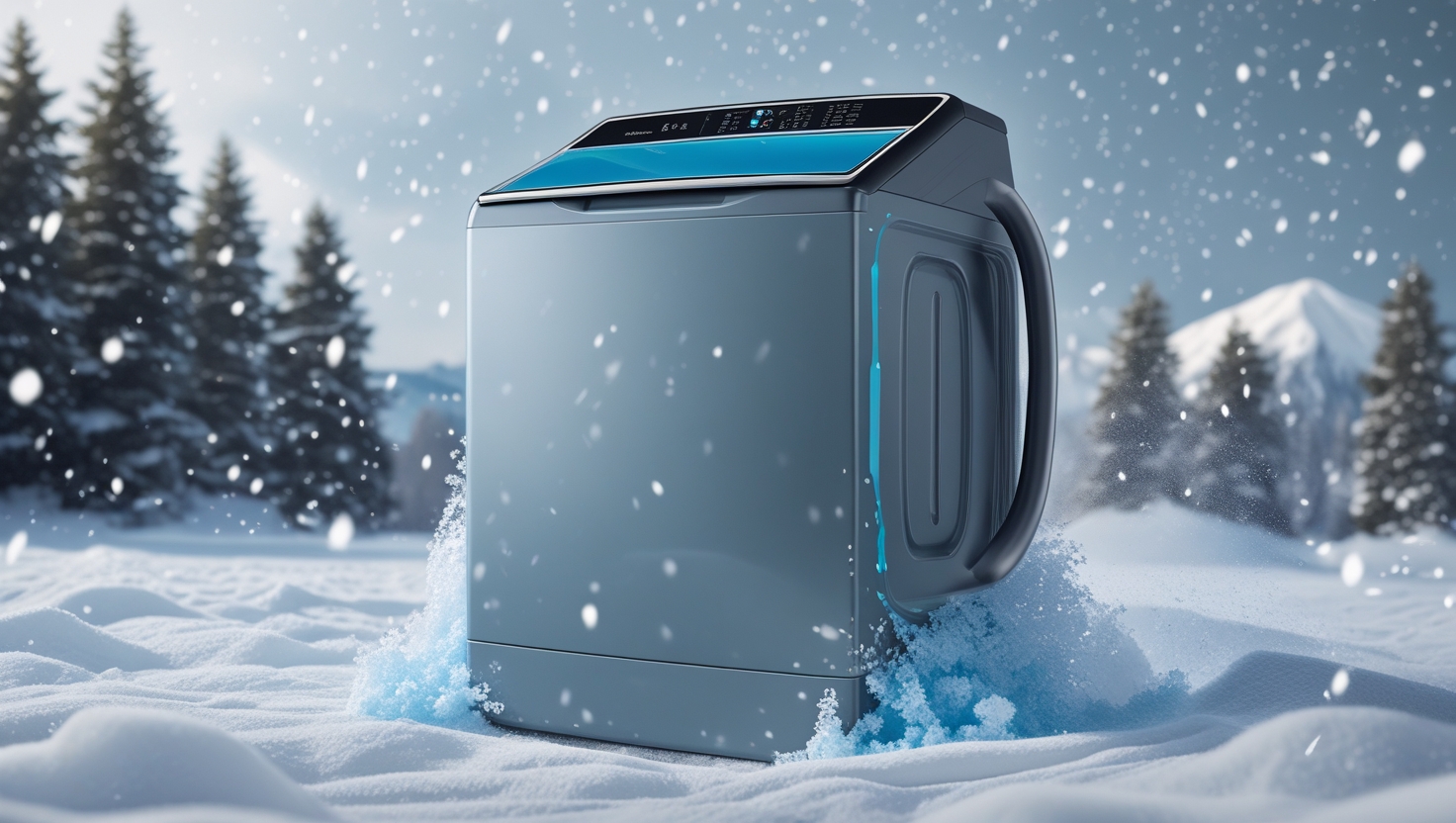Top Load Washers for Cold Climates: Freeze-Proof Features for Winter Months
Living in regions with harsh winters presents unique challenges for household appliances, especially washing machines. Freezing temperatures can cause residual water in hoses and internal components to freeze, leading to potential damage. For homeowners in cold climates, selecting a top load washer equipped with freeze-proof features is essential to ensure longevity and reliable performance during the winter months.

Table of Contents
Why Cold Climates Demand Specialized Washers
In freezing conditions, water left in a washing machine’s inlet valves, pump, or hoses can freeze and expand, causing cracks and leaks. This not only leads to costly repairs but can also render the appliance unusable during the cold season. Therefore, it’s crucial to choose washers designed with features that prevent freezing and ensure smooth operation even in low temperatures.
Top Load Washers Built for Cold Conditions
Here are some top load washers that combine durability with features tailored for cold environments:
1. GE GTW585BSVWS 4.5 cu. ft. High-Efficiency Top Load Washer
- Features:
- Cold Plus and Wash Boost options for effective cleaning in cold water.
- Stainless steel basket resists rust and corrosion.
- Deep Fill option for thorough cleaning.
- Why It’s Great: Designed to handle varying load sizes with minimal vibration, making it ideal for homes in cold areas.
2. LG WT7305CV 4.8 cu. ft. High-Efficiency Top Load Washer
- Features:
- SmartThinQ® technology for remote operation.
- ColdWash™ technology for energy-efficient cold water cleaning.
- Stainless steel drum for durability.
- Why It’s Great: Combining advanced features with cold water efficiency, this washer ensures optimal performance in chilly climates.
3. Whirlpool WTW8127LC 5.3 cu. ft. Smart Top Load Washer
- Features:
- 2-in-1 removable agitator for flexible washing.
- Adaptive Wash Technology with Active Bloom™.
- Load & Go™ dispenser for detergent efficiency.
- Why It’s Great: Offers customizable washing options and adaptive technology to handle the challenges of cold washing.
Maintenance Tips for Cold Climate Homeowners
- Regular Cleaning: Use the washer’s self-cleaning cycle or run an empty cycle with hot water and a cup of white vinegar monthly to keep the drum fresh.
- Use High-Efficiency Detergents: These detergents produce fewer suds, reducing the risk of residue buildup that can freeze in cold temperatures.
- Wipe Down Seals and Dispensers: Regularly clean the rubber seals and detergent dispensers to remove any moisture or detergent residue.
- Ensure Proper Ventilation: Keep the laundry area well-ventilated to reduce humidity levels, making it less inviting for mold and mildew.
- Insulate Water Lines: Use pipe insulation to prevent water lines from freezing, especially if the washer is located in an unheated area
Final Thoughts
For homeowners in cold climates, investing in a top load washer equipped to handle the unique challenges of freezing temperatures is crucial. The models highlighted above offer a blend of advanced features, durability, and adaptability, ensuring efficient and reliable laundry performance while preventing freeze-related issues.
If you’ve ever dealt with a frozen washer hose in the middle of January, you know it’s not just inconvenient — it can flood your laundry room. That’s why I always recommend getting a washer with built-in freeze protection or designed for cold-weather performance.
Many homeowners don’t realize that even if a washer is inside the home, drafty basements or garages can still drop below freezing. I always suggest putting your washer in a heated space when possible, or using space heaters when needed during subzero nights.
One thing I personally love is ColdWash™ technology like what LG offers. It mimics a warm wash even when using cold water, which is perfect for winter loads when you don’t want to crank up your energy bill.
Some newer top load models also include drain and vent cycle options — basically, they remove excess water from valves and tubing automatically after use, reducing the chances of leftover water freezing.
Make sure your washer has a stainless steel or rust-resistant tub and fittings. Metal corrodes faster in cold, damp spaces, especially if you’re using the washer in an area like a mudroom or cabin laundry shed.
Another handy trick I’ve learned over time: run one empty cycle with hot water and vinegar every two weeks in winter. It clears out gunk and any mineral buildup that might freeze and clog parts later.
Also, always disconnect hoses if you’re not using the washer for a long stretch (like in a vacation cabin or rental). Drain the machine completely. Letting water sit during a freeze is asking for trouble.
Some washers now feature automatic load sensing and temperature adjustments, which help prevent freezing damage to the wash cycles. This is especially useful if your water lines sometimes deliver extremely cold water.
Another small but important feature I look for is a lid that stays cracked open slightly without needing a prop. It helps dry out moisture after each cycle — and prevents mold when combined with colder, less ventilated spaces.
A top load washer with Wi-Fi or smart home compatibility is helpful if you’re away for the winter. You can check its status or get alerts if something’s not working — even from another state or country.
If your washer’s located near a window or exterior wall, adding weather stripping or thermal insulation to the laundry area can help maintain a stable indoor temp and reduce freeze risk.
And don’t forget to check your manufacturer’s manual — many washers have winterizing instructions specific to that model. Follow them carefully if you’re leaving your machine unused during a deep freeze.
Another overlooked tip is to always run a spin cycle after draining the machine if you’ve washed with hot water. Hot water in cold pipes can create condensation inside the washer. Spinning helps push out residual moisture that could later freeze.
I’ve also found that washers with internal water heaters maintain a more consistent temperature for both washing and the internal components. This helps prevent strain on the motor and hoses in especially frigid climates — a big win if you live in the Midwest or Northeast.
In the end, choosing a washer designed for cold weather isn’t just about performance — it’s about protecting your investment. If you live where snow piles up at the door, a freeze-proof top load washer will save you time, money, and frozen headaches all winter long.

